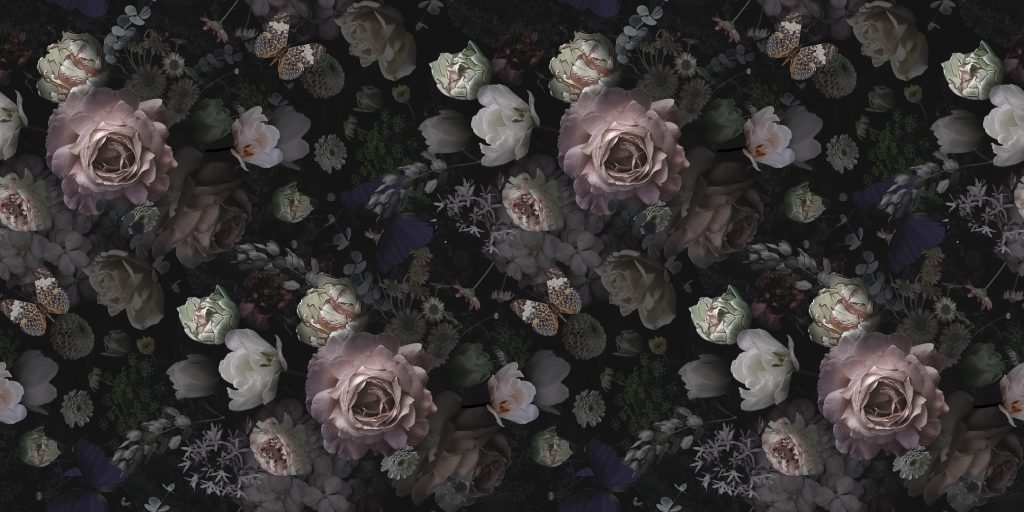Color Psychology: Are Colors Not Just Colors But Emotions?
We asked a colleague of ours, “When you think of colors what comes to mind?” His response was quite astonishing. He said, “As a designer, colors mean a lot to me and sometimes when you find me in the office just weirdly staring at some banners I have designed, I try to think of how the colors tell a story, a narrative that cannot be expressed in words.” After intensive research, we came to realize that colors and our emotions have a close linkage.

Have you ever wondered why in some cultures, white is associated with innocence and purity (white with angels and black with the prince of darkness), while in some, white is associated with death? Sounds hilarious, doesn’t it? Even in most common movies/series in death scenes, some cultures wear white and others black. Just think about it and if you have never noticed, be keen on the next movies you watch from now on.
Colors can affect our emotions and mood. This largely depends on the shade, the tone, the tint, and the brightness of a color. The dominant colors on the visible spectrum are red, blue, yellow, and green. As an example, studies show since time in history, red has been associated with deeper emotions of danger, love, excitement, and irritation as we know it means it’s either you fight or run. Hence the phrases fight for the one you love; don’t hold the laughter back, let it out!

More often than not, we find ourselves subconsciously judging situations based on feelings the colors depict on us. Think about when you walk in a park, and you can feel calm and peaceful because of the green scenery around you. A day later, take a drive to a game reserve where the shrubs are dry, and there is little or no wildlife, and you might tend to feel sad that there’s not enough food for the animals, but if it was green, would it concern you? Food for thought!
